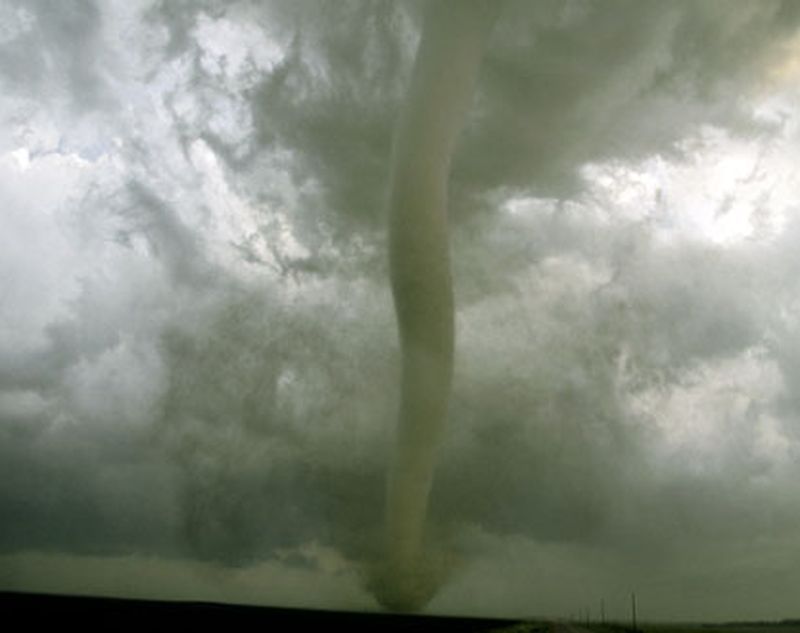Tornadoes and hurricanes are two of the most destructive natural disasters. Both bring high winds, heavy rain, and the potential for significant damage to homes, businesses, and infrastructure. However, tornadoes form over land and are usually small with winds that can reach over 300 miles per hour, while hurricanes form over warm ocean waters and can grow to be hundreds of miles in diameter with wind speeds approaching 200 miles per hour. Hurricanes can last for days or even weeks, whereas tornadoes only last for a few minutes. Regardless of their differences, both are dangerous and require precautionary measures and an emergency plan.
Tornado vs. Hurricane: A Comparison of the World’s Most Dangerous Weather Events
Introduction
When it comes to natural disasters, tornadoes and hurricanes are two of the most powerful and destructive events that can occur. Both bring high winds, heavy rains, and the potential for significant damage to homes, businesses, and infrastructure. However, while they share some similarities, tornadoes and hurricanes also have many unique characteristics that make them distinct from one another. In this article, we will explore the similarities and differences between these two dangerous weather events.
What are Tornadoes and Hurricanes?
Tornadoes
A tornado is a rapidly rotating column of air that forms during thunderstorms and extends downward from the cloud base to the ground. Tornadoes are usually small, ranging from just a few meters across to about a kilometer or more. They can be extremely powerful, however, with winds that can reach over 300 miles per hour.
Hurricanes
A hurricane is a large, rotating storm system that forms over warm ocean waters. It typically has winds of at least 74 miles per hour and can grow to be hundreds of miles in diameter with wind speeds approaching 200 miles per hour. Hurricanes also bring heavy rain, storm surges, and flooding, which can cause widespread devastation.
Similarities
- Both tornadoes and hurricanes are characterized by high winds and heavy rain.
- Both can cause significant damage to buildings, homes, and infrastructure.
- Both are unpredictable and can form quickly and without warning.
Differences
Formation
Tornadoes form over land and are typically the result of a clash between cold and warm air masses. Hurricanes, on the other hand, form over warm ocean waters and require specific atmospheric conditions to develop.
Size and Duration
Tornadoes are typically much smaller than hurricanes and only last for a few minutes. Hurricanes can be hundreds of miles in diameter and can last for days or even weeks.
Speed
Tornadoes move much faster than hurricanes. Tornadoes can travel at speeds of up to 70 miles per hour, while hurricanes move at about 10 to 15 miles per hour.
Damage
The damage caused by tornadoes is usually very localized and can be severe, but limited to a small area. Hurricanes can cause damage that extends for hundreds of miles along their path.
Conclusion
Despite their similarities, tornadoes and hurricanes are very different weather events. Both bring high winds, heavy rain, and the potential for significant damage, but they form under very different conditions and can have very different effects. Regardless of their differences, both tornadoes and hurricanes are dangerous and can pose a significant risk to people and property. It is important to take precautionary measures and have an emergency plan in place in case one of these dangerous weather events occurs in your area.
